Author:Baby & Adult Diaper Materials FROM:Diaper Materials Manufacturer TIME:2023-06-06
The Use of Hydrophobic Non Woven Fabric in Diapers
Hydrophobic non woven fabric is a popular choice for the production of diapers due to its ability to repel liquids. This material is typically made from synthetic fibers such as polypropylene, and is created using a process known as spunbonding. In this article, we will explore the benefits and drawbacks of using hydrophobic non woven fabric in diaper manufacturing.
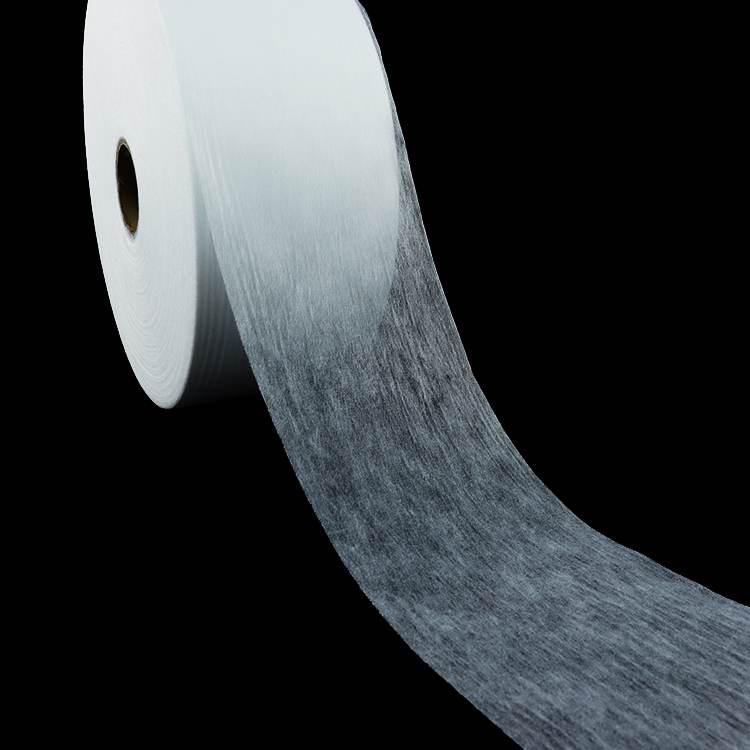
One of the main advantages of using hydrophobic non woven fabric in diapers is its ability to repel liquids. This means that urine and other fluids are unable to penetrate through the outer layer of the diaper, keeping the baby's skin dry and comfortable. Additionally, hydrophobic non woven fabric is breathable, allowing air to circulate freely and reducing the risk of irritation or rashes. Finally, this material is lightweight and easy to work with, making it ideal for mass production of disposable diapers.
While hydrophobic non woven fabric has many advantages, it also has some drawbacks that must be considered. Firstly, this material is not biodegradable and can contribute to environmental pollution. Secondly, the creation of non woven fabric requires a significant amount of energy and resources, which can further harm the environment. Finally, some people may have skin sensitivities or allergies to the synthetic fibers used in this material, which can result in discomfort or rashes.
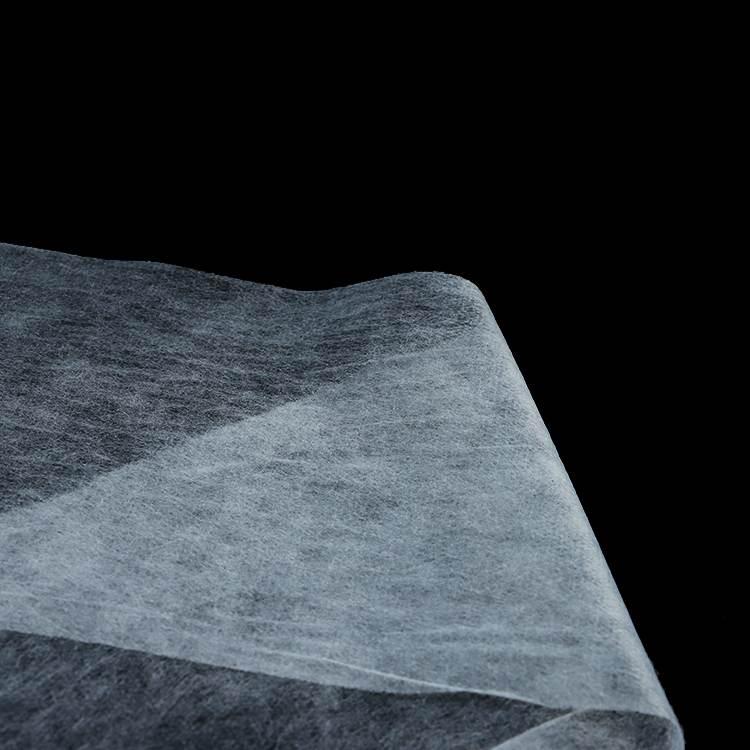
For those who are concerned about the environmental impact or potential health risks associated with hydrophobic non woven fabric, there are several alternatives available. One option is to use natural fibers such as cotton or bamboo, which are biodegradable and have a lower carbon footprint than synthetic materials. Another alternative is to use recycled materials, such as reclaimed cotton or post-consumer plastic, to create non woven fabric. Finally, some manufacturers are experimenting with new technologies and materials, such as biodegradable plastics or organic cotton, to create more sustainable diaper options.
Hydrophobic non woven fabric is a popular and effective material for diaper manufacturing, providing a lightweight and breathable layer that repels liquids and keeps babies dry. However, it also has some drawbacks, including its potential environmental impact and the risk of skin sensitivities. By exploring alternative materials and approaches, we can create diapers that are both effective and sustainable, minimizing harm to both our babies and the planet.
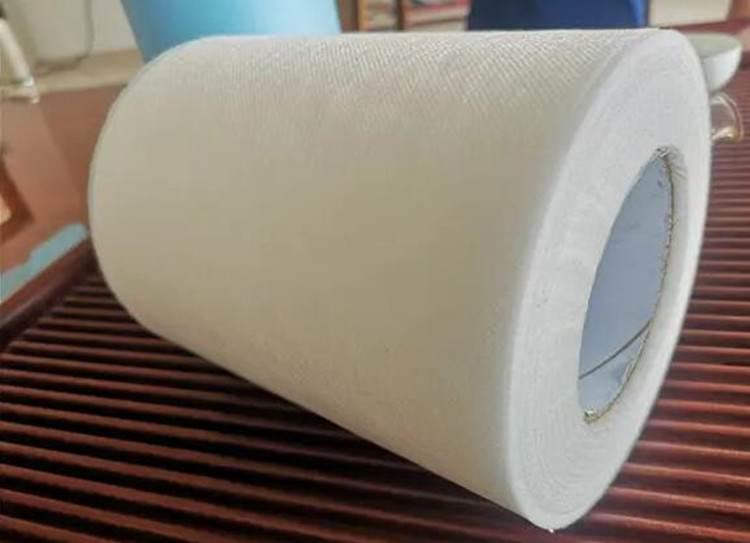
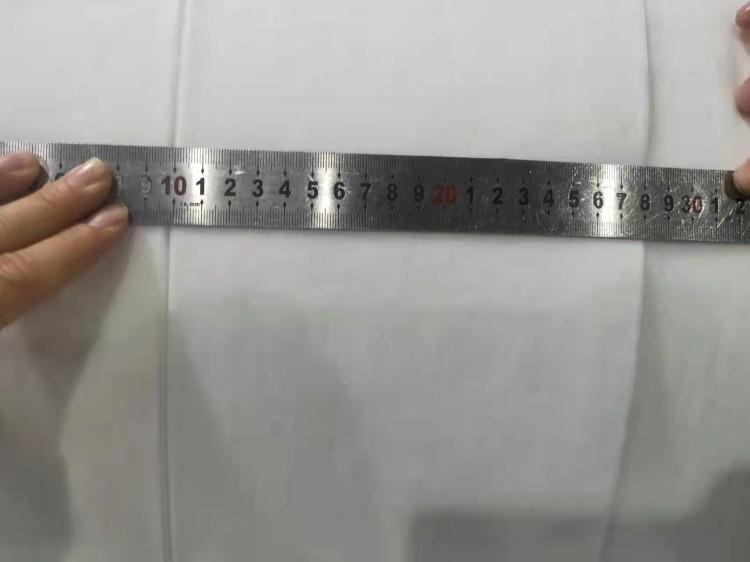
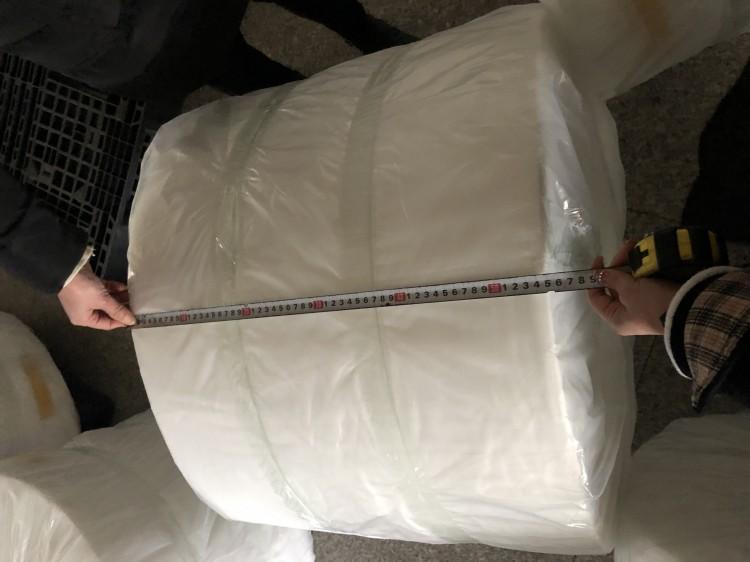
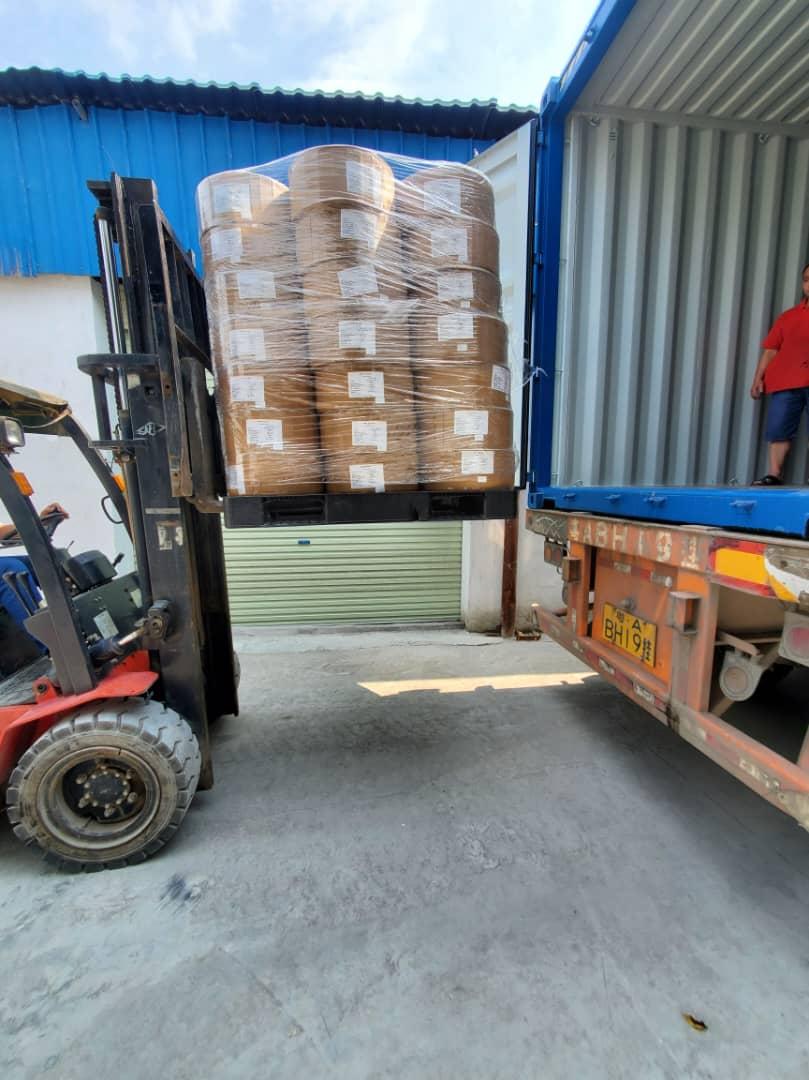
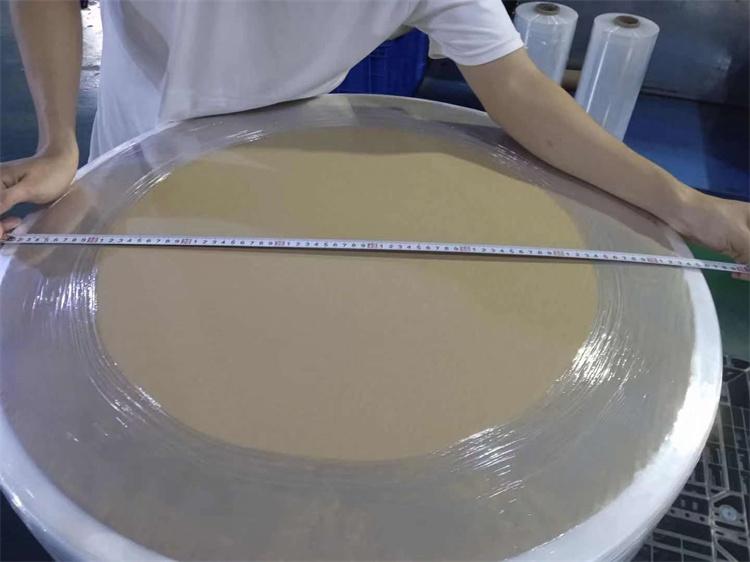

 Email: info@whldiapernonwoven.com
Email: info@whldiapernonwoven.com
 MP/WhatsApp: +86-13599937366
MP/WhatsApp: +86-13599937366
 Manufacturer Address:Room 1105B, Bld M1, Manhattan, Yulongwan, Shimao, Shuanglong Road, Meiling Street, Jinjiang, Fujian, China
Manufacturer Address:Room 1105B, Bld M1, Manhattan, Yulongwan, Shimao, Shuanglong Road, Meiling Street, Jinjiang, Fujian, China